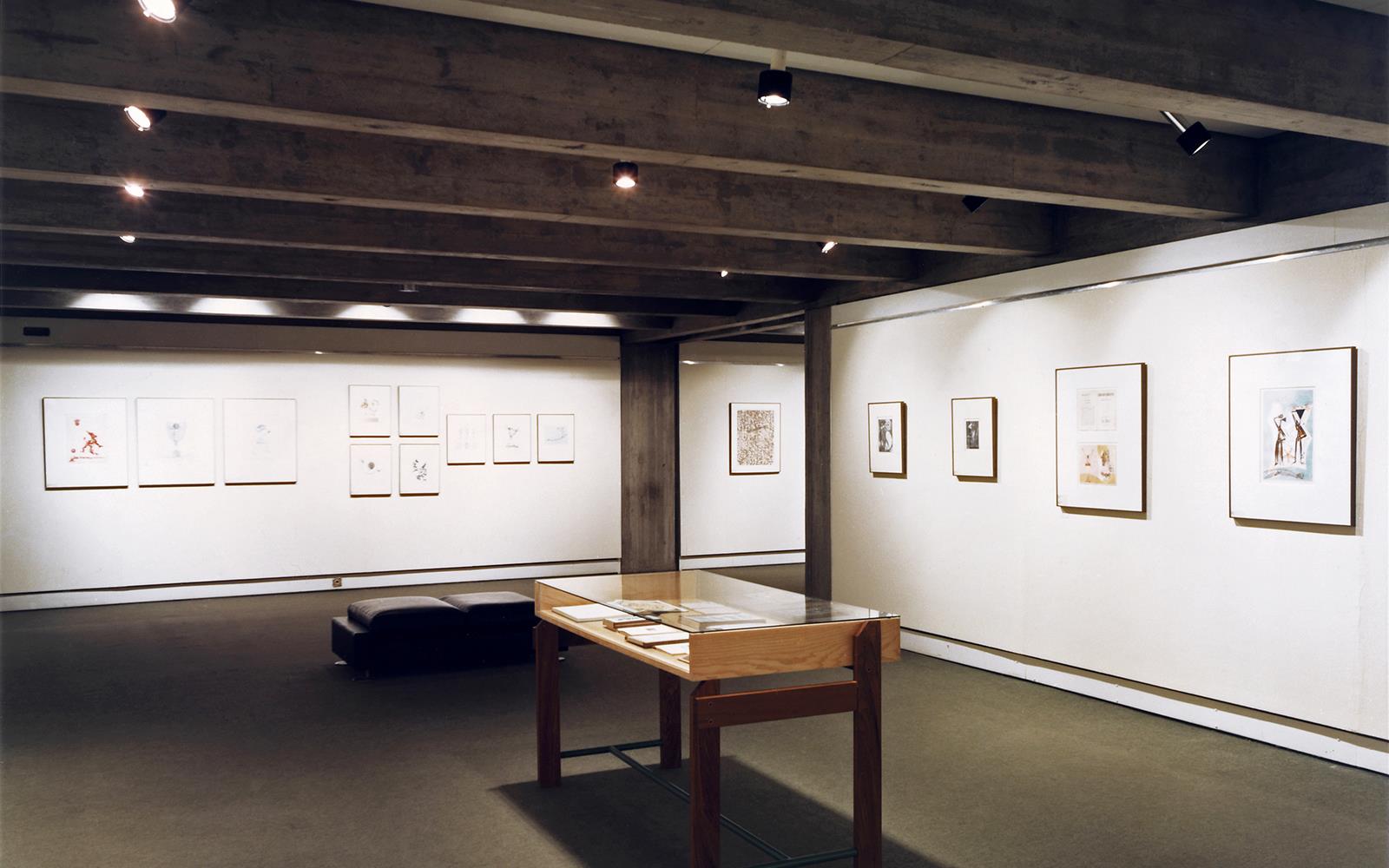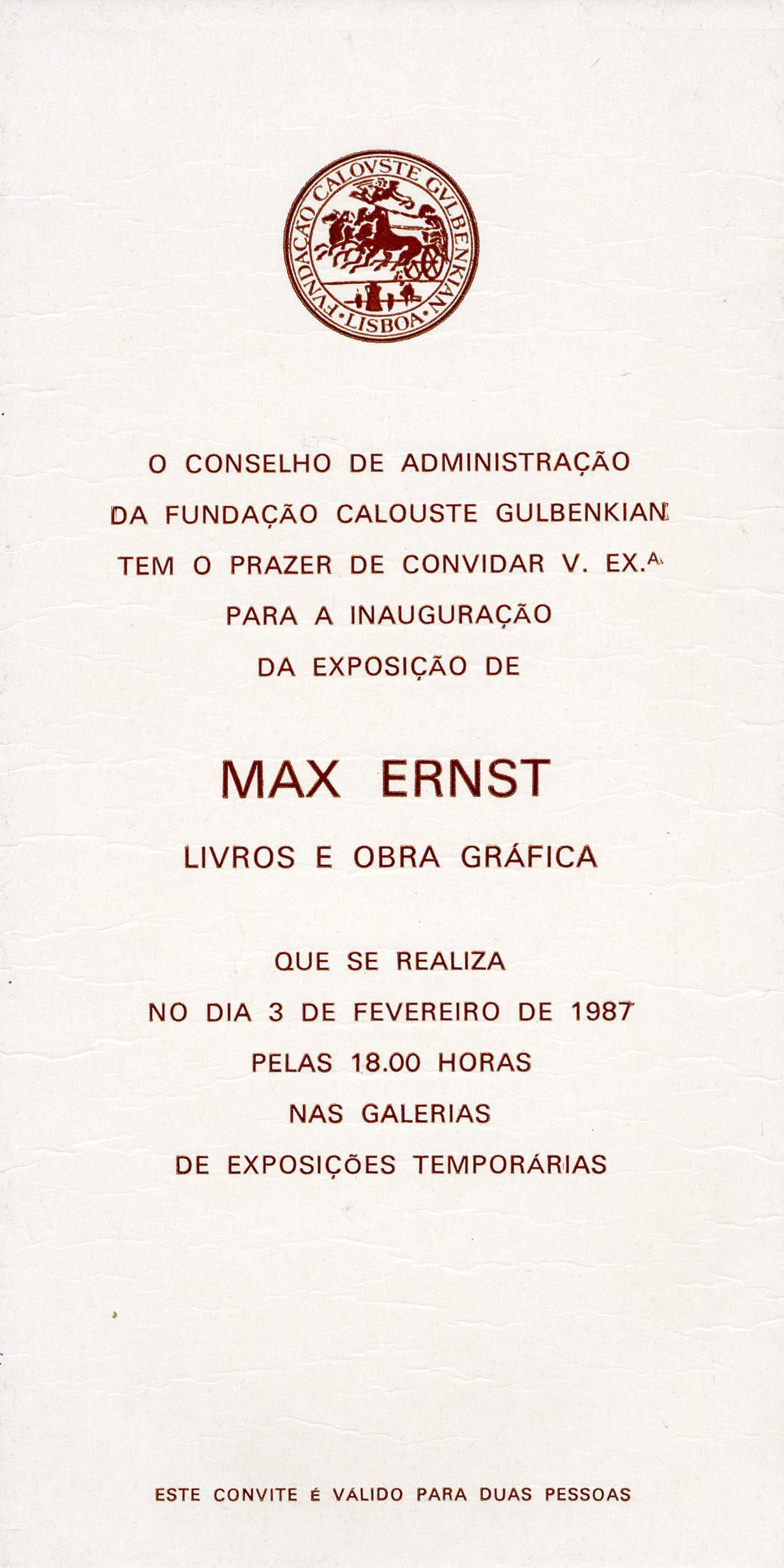
Max Ernst. Livros e Obra Gráfica
Primeira exposição individual do artista alemão Max Ernst (1891-1976) em Portugal, que proporcionou um momento de reflexão sobre o Dadaísmo e o Surrealismo a partir de um dos seus maiores vultos. O catálogo elenca 68 peças, que incluem desde edições bibliográficas a provas isoladas em gravura, até intervenções em obras de outros autores.
First solo exhibition in Portugal of the work of German artist Max Ernst (1891-1976), in a display which contemplated the Dada and Surrealist movements from the perspective of one of its most prominent figures. The exhibition catalogue featured 68 works, from book editions and single printing proofs to interventions in the work of other artists.
Ficha Técnica
- Iniciativa
- Organizador / Serviço responsável
- Organizador / Parceiro institucional
- Programação
- Comissariado
- Parceiro institucional
Artistas / Participantes
Publicações

Material Gráfico
Fotografias
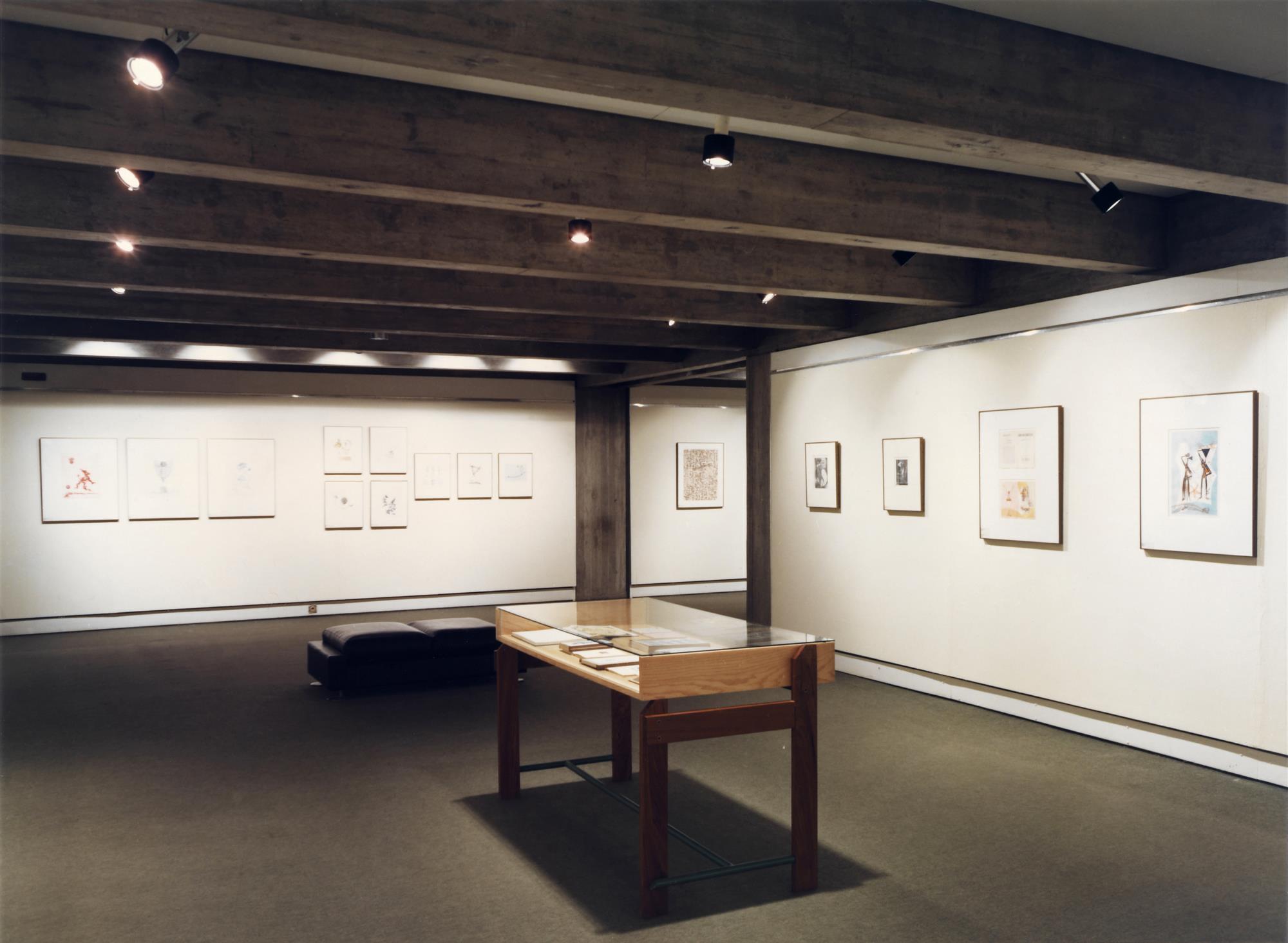

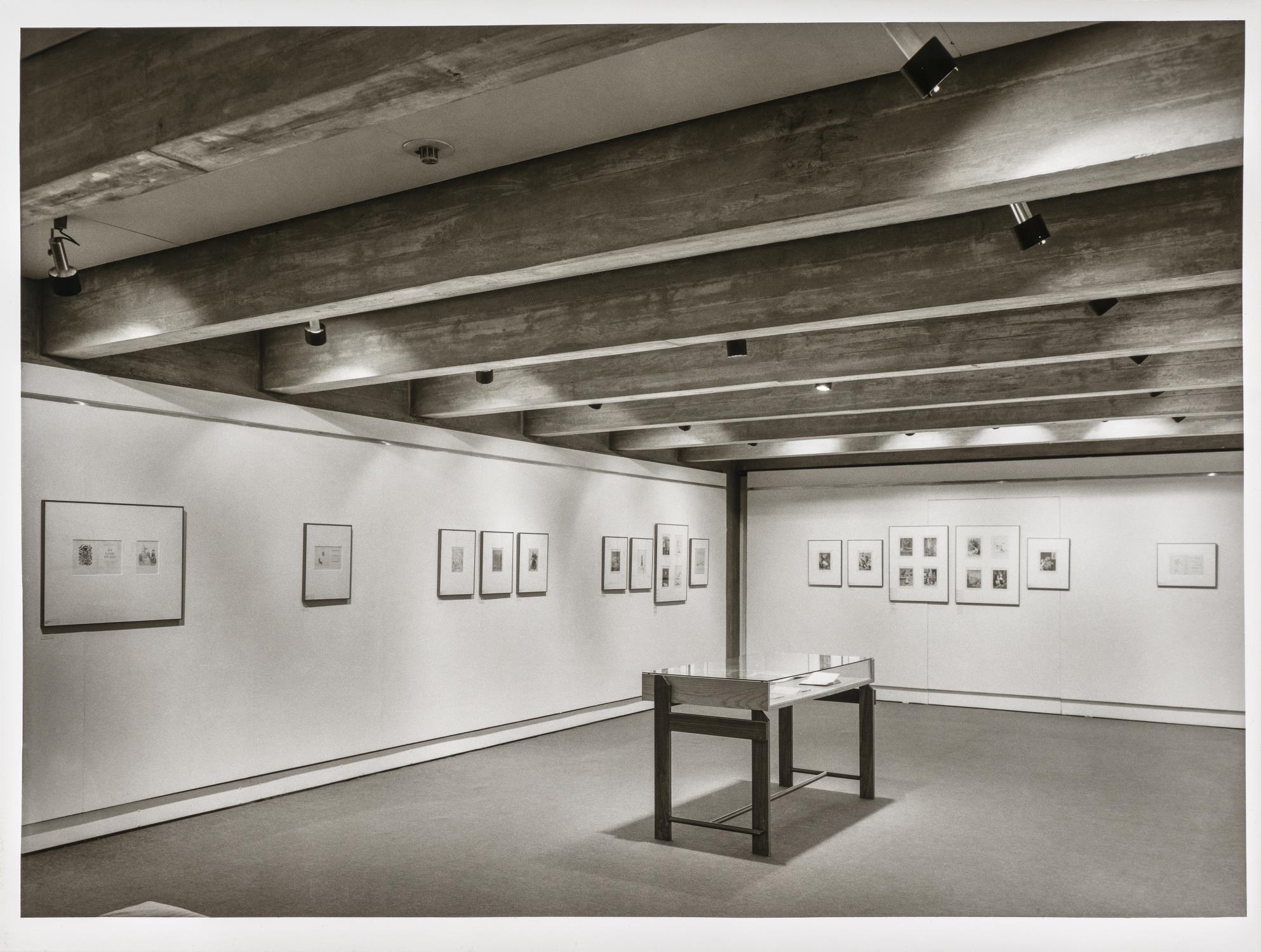
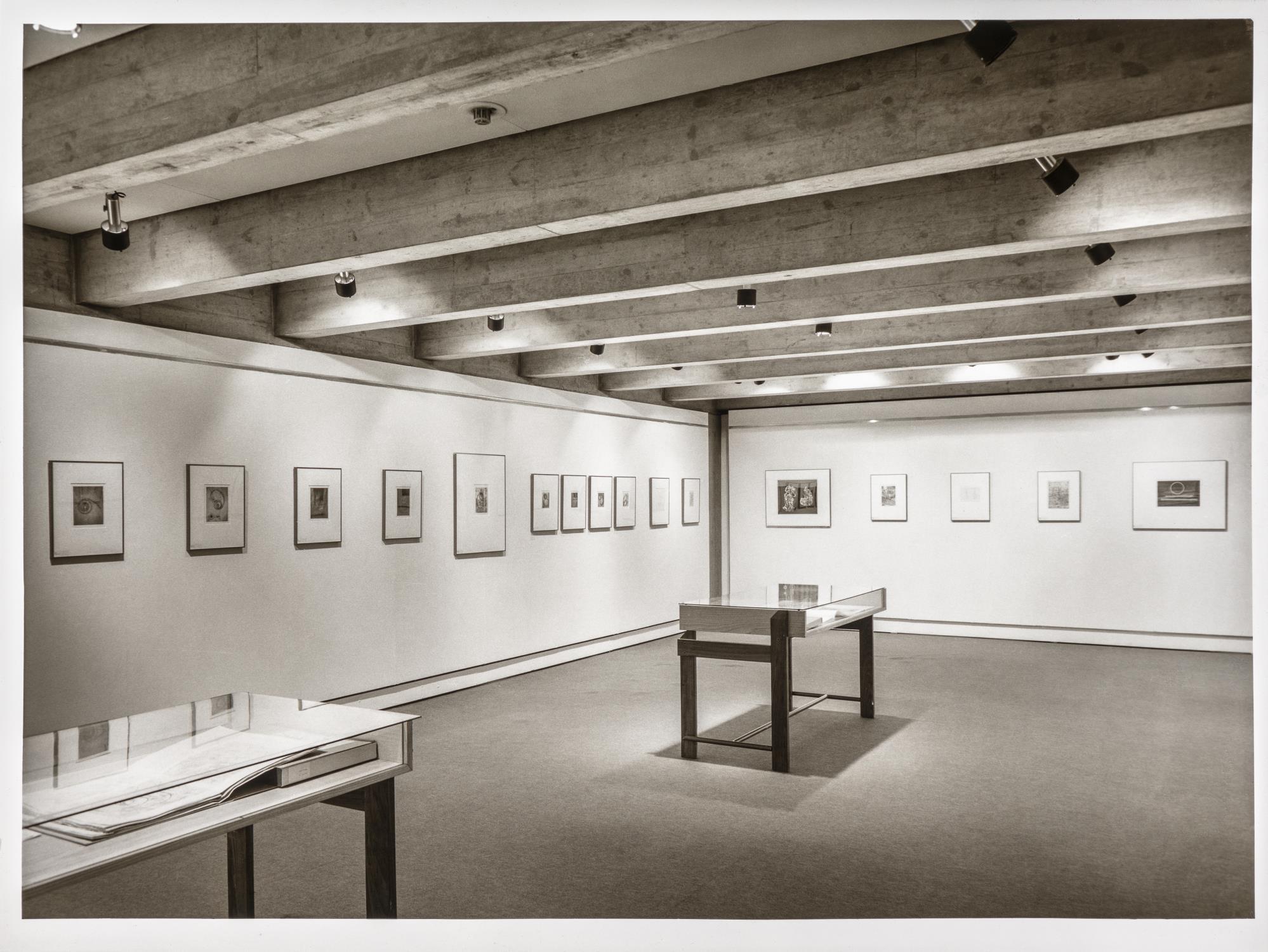
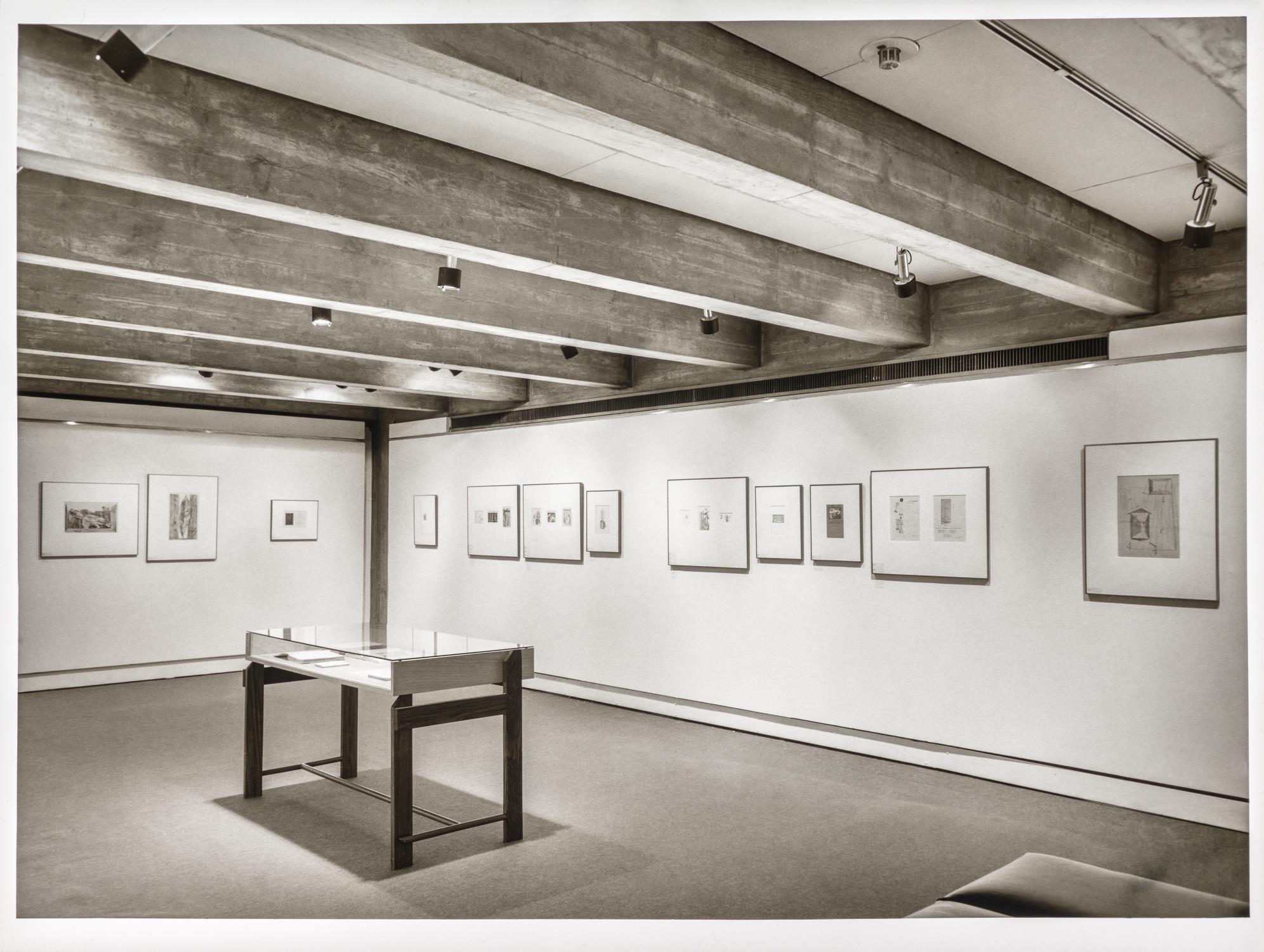
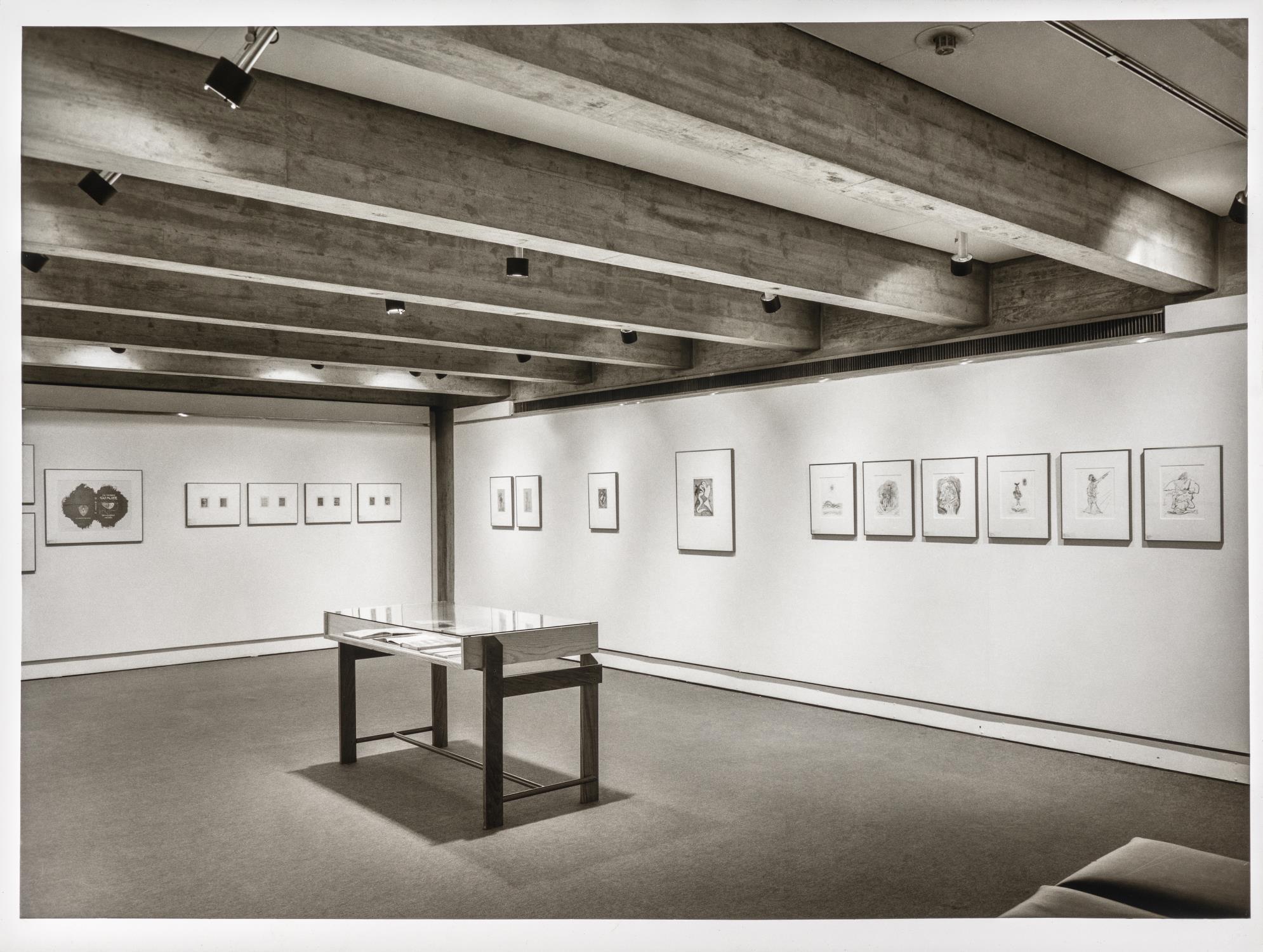
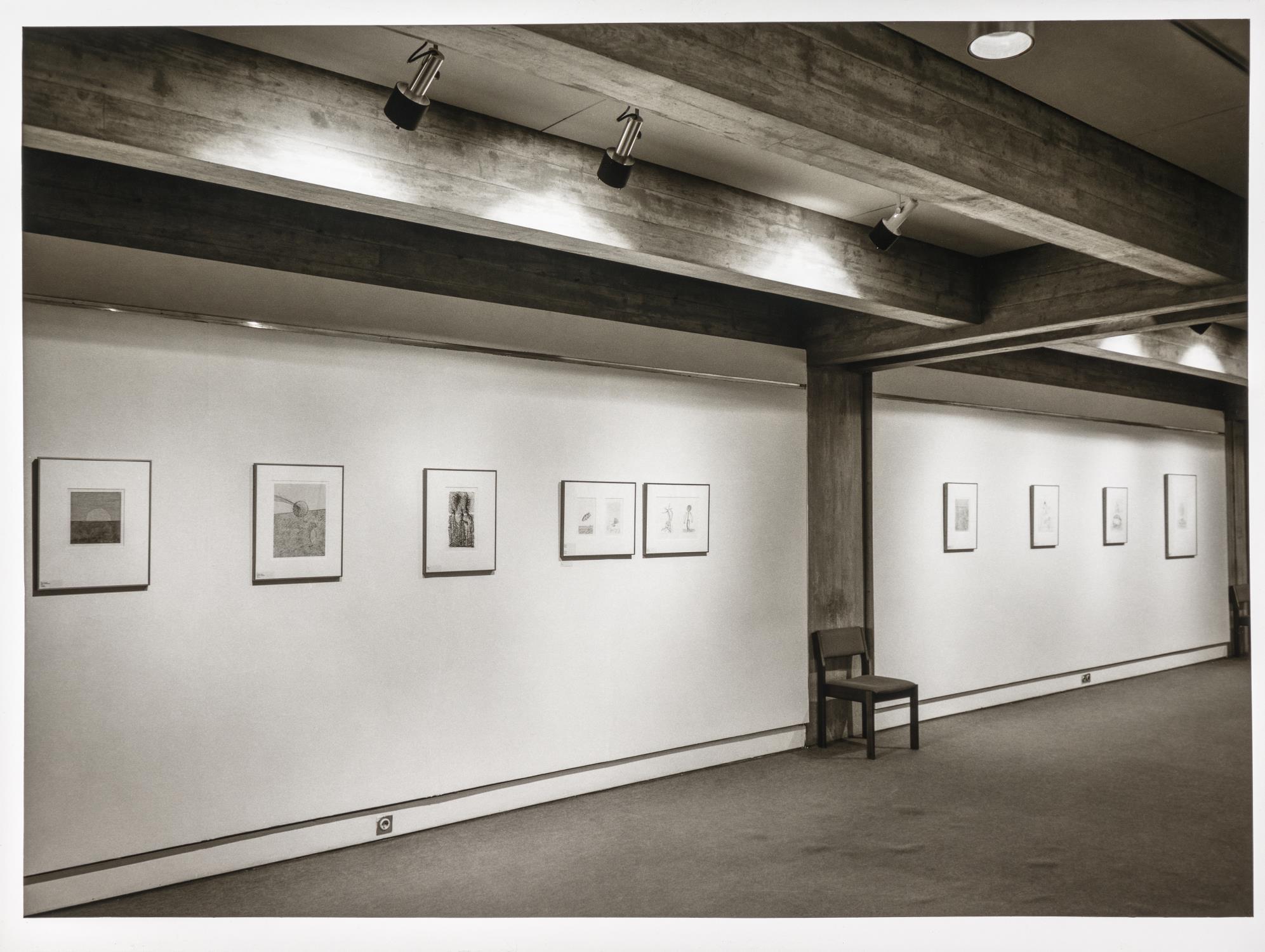
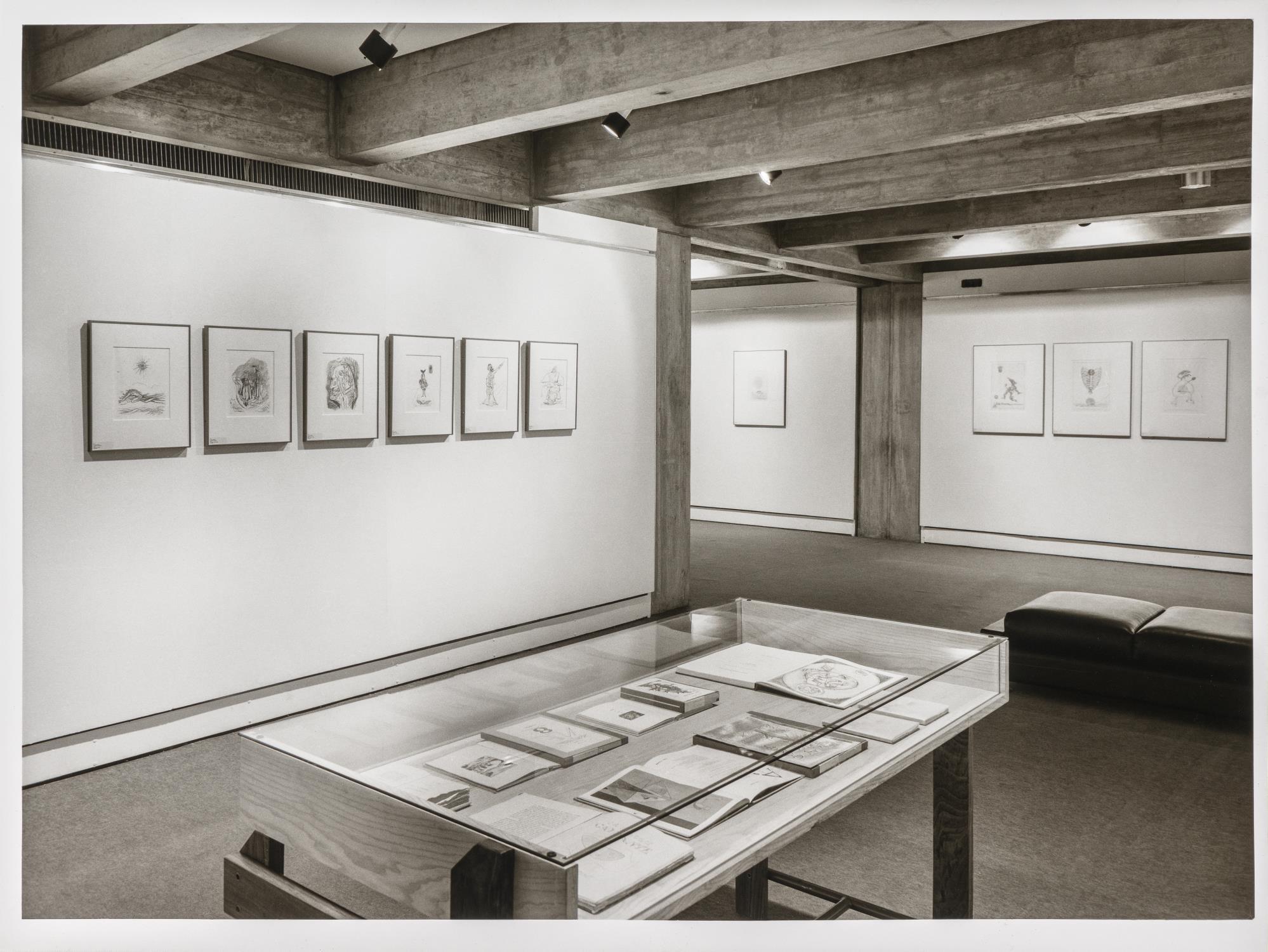
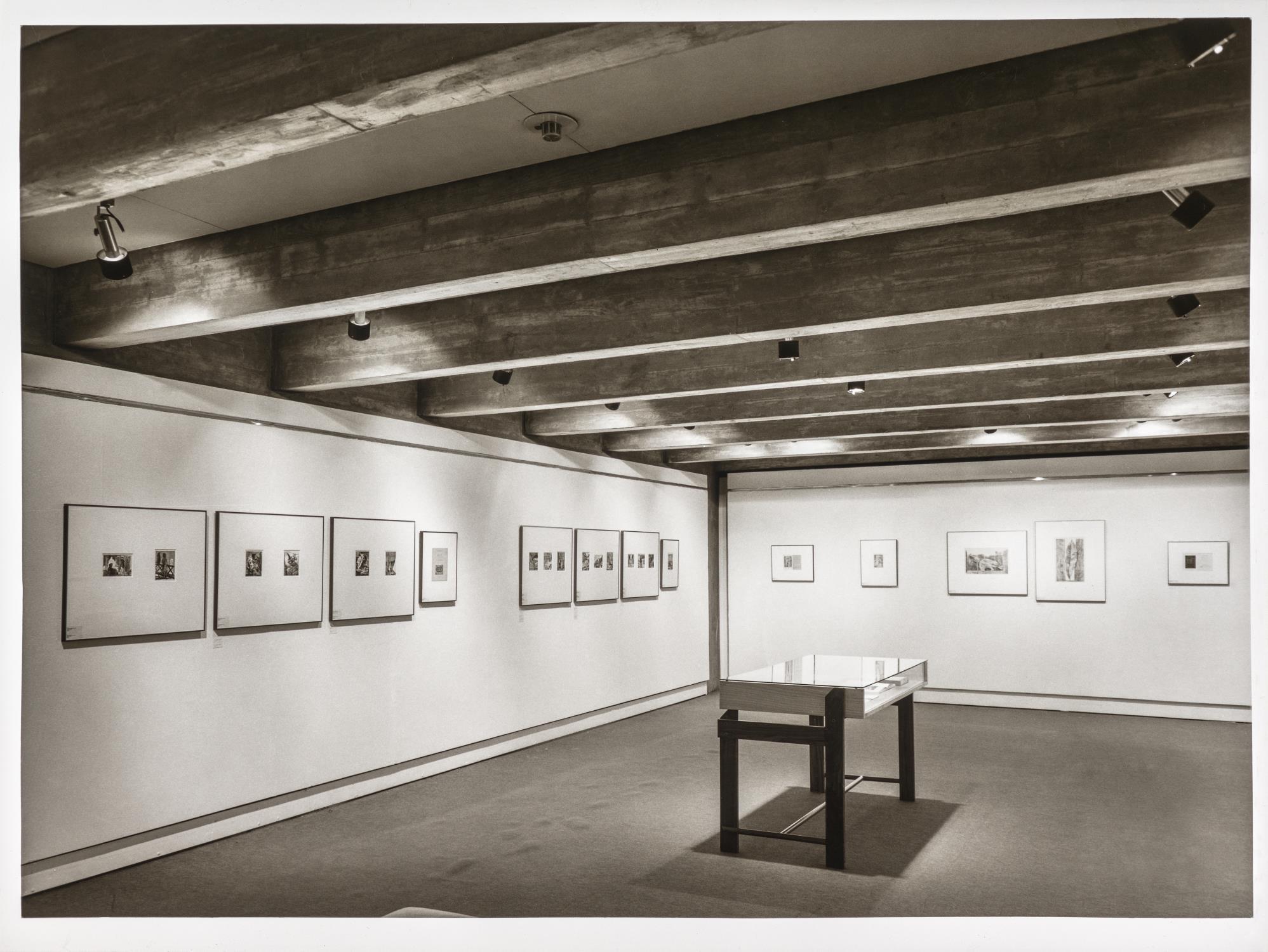
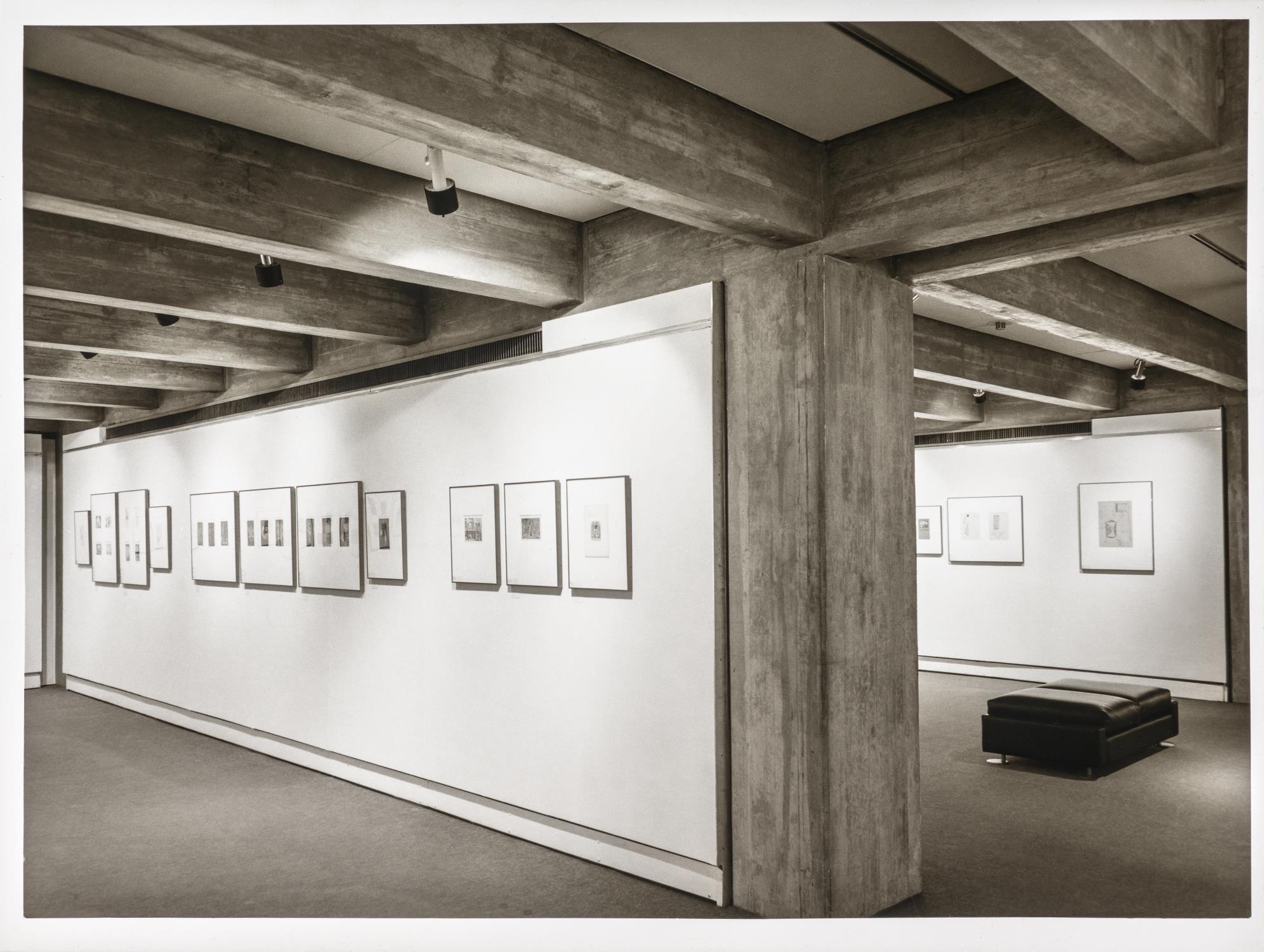

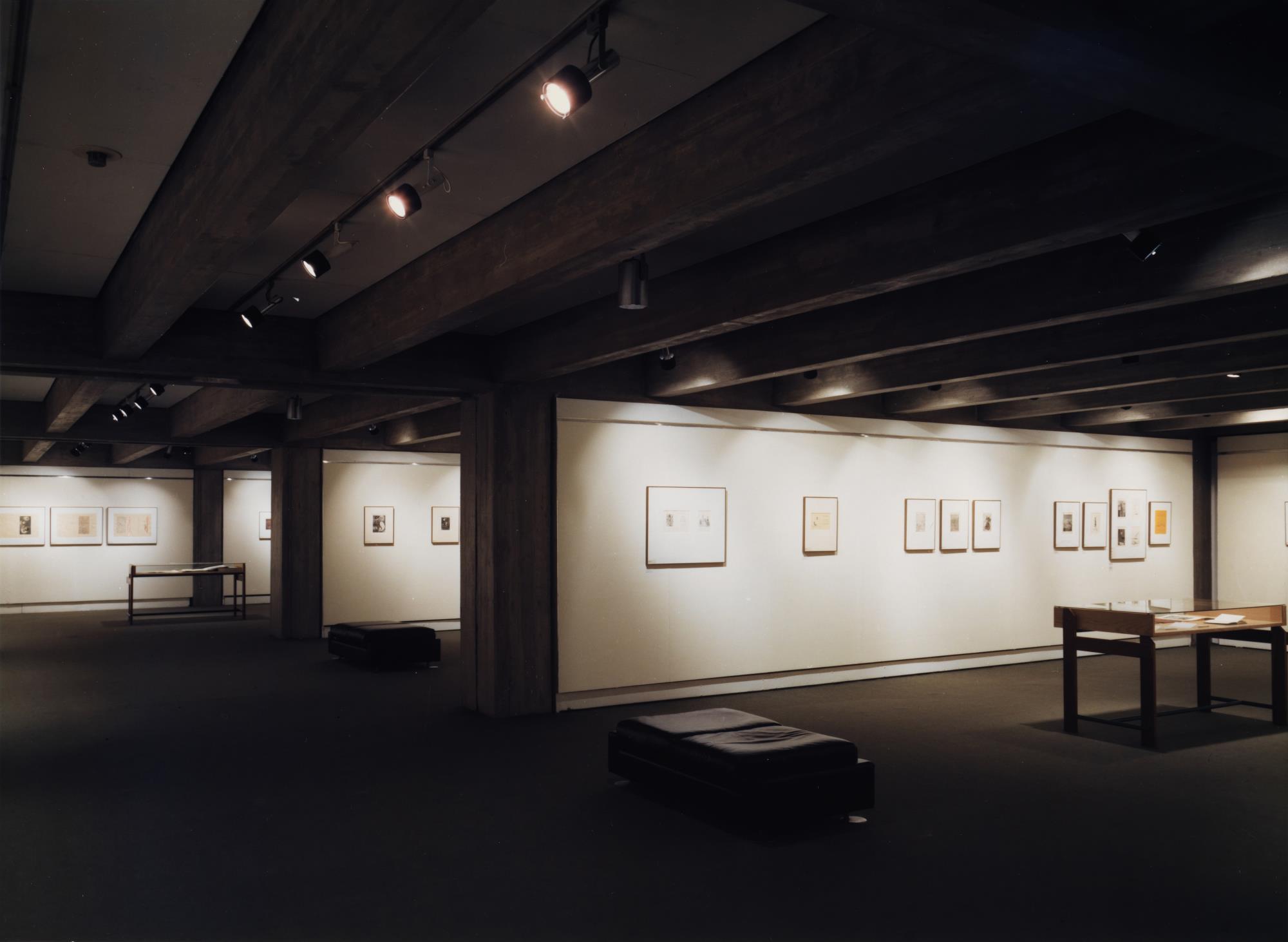
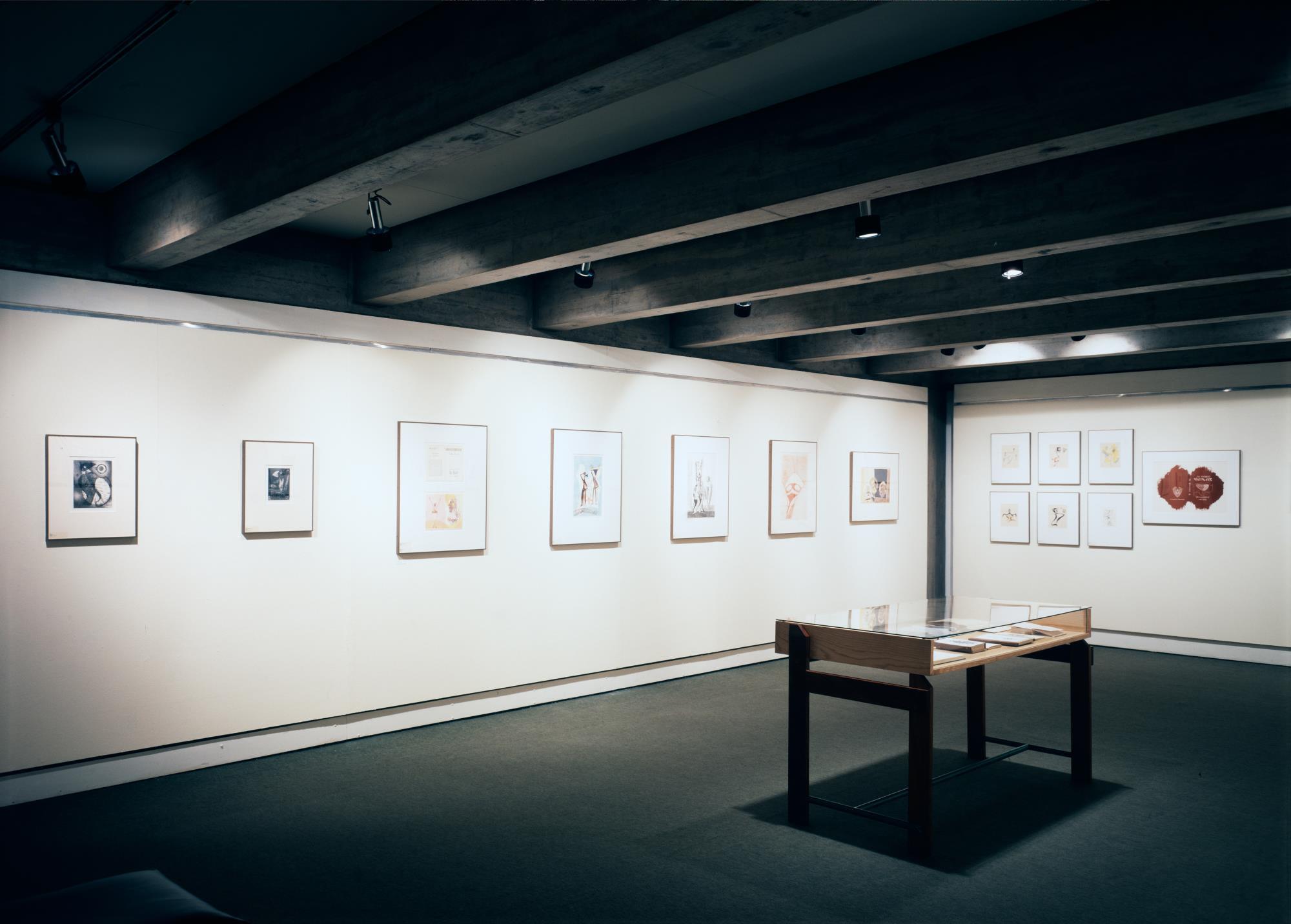
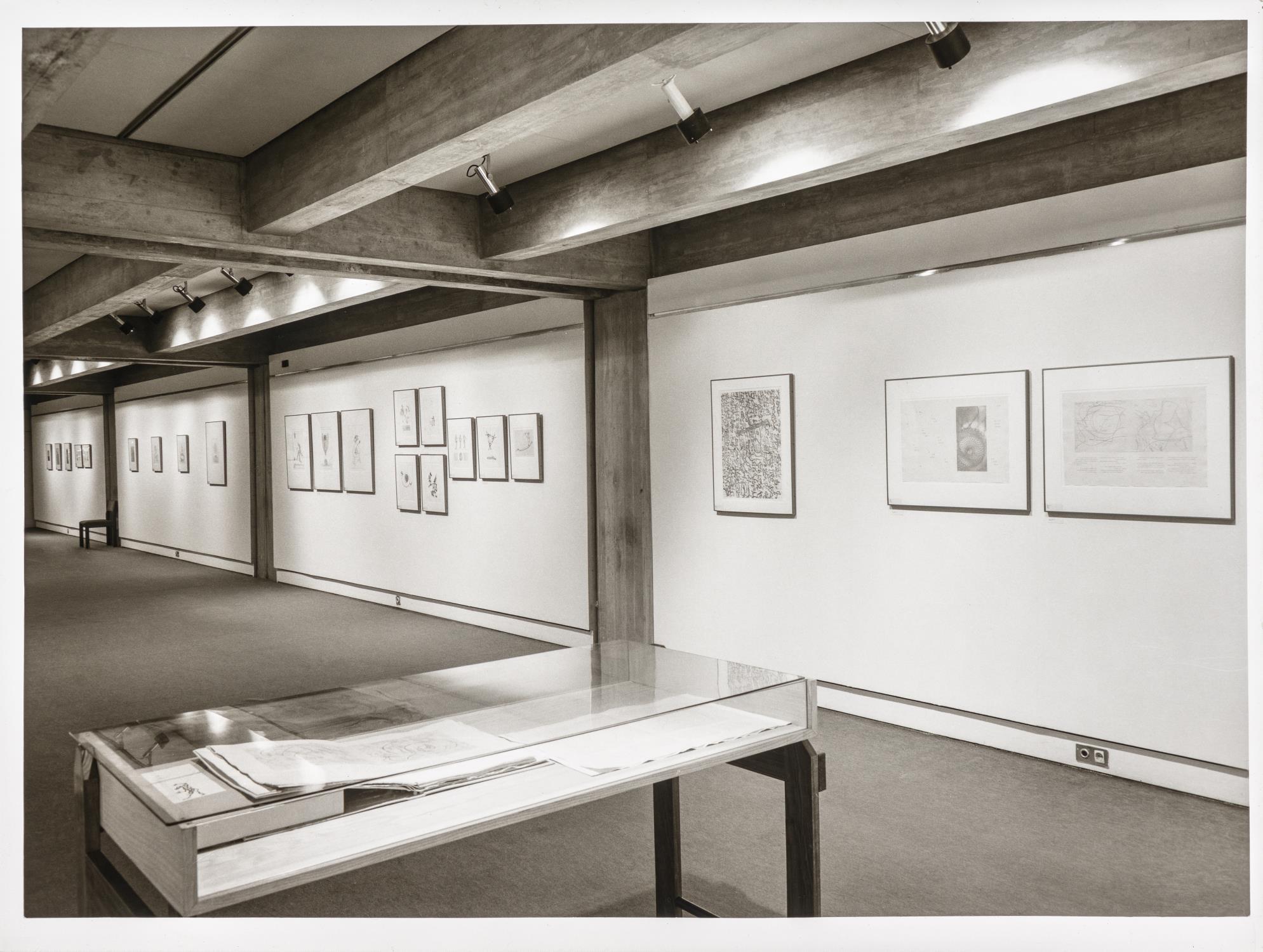
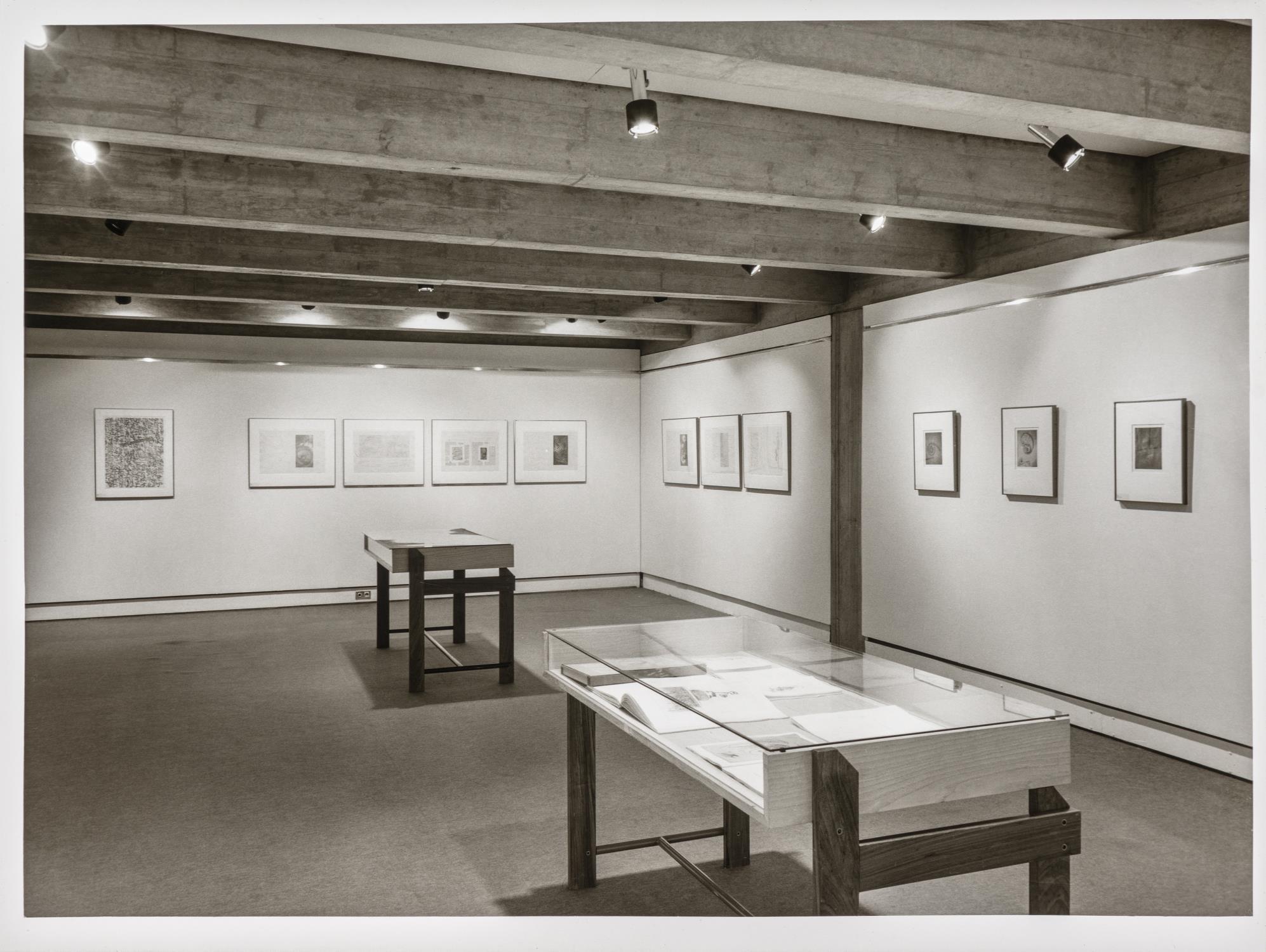

Documentação
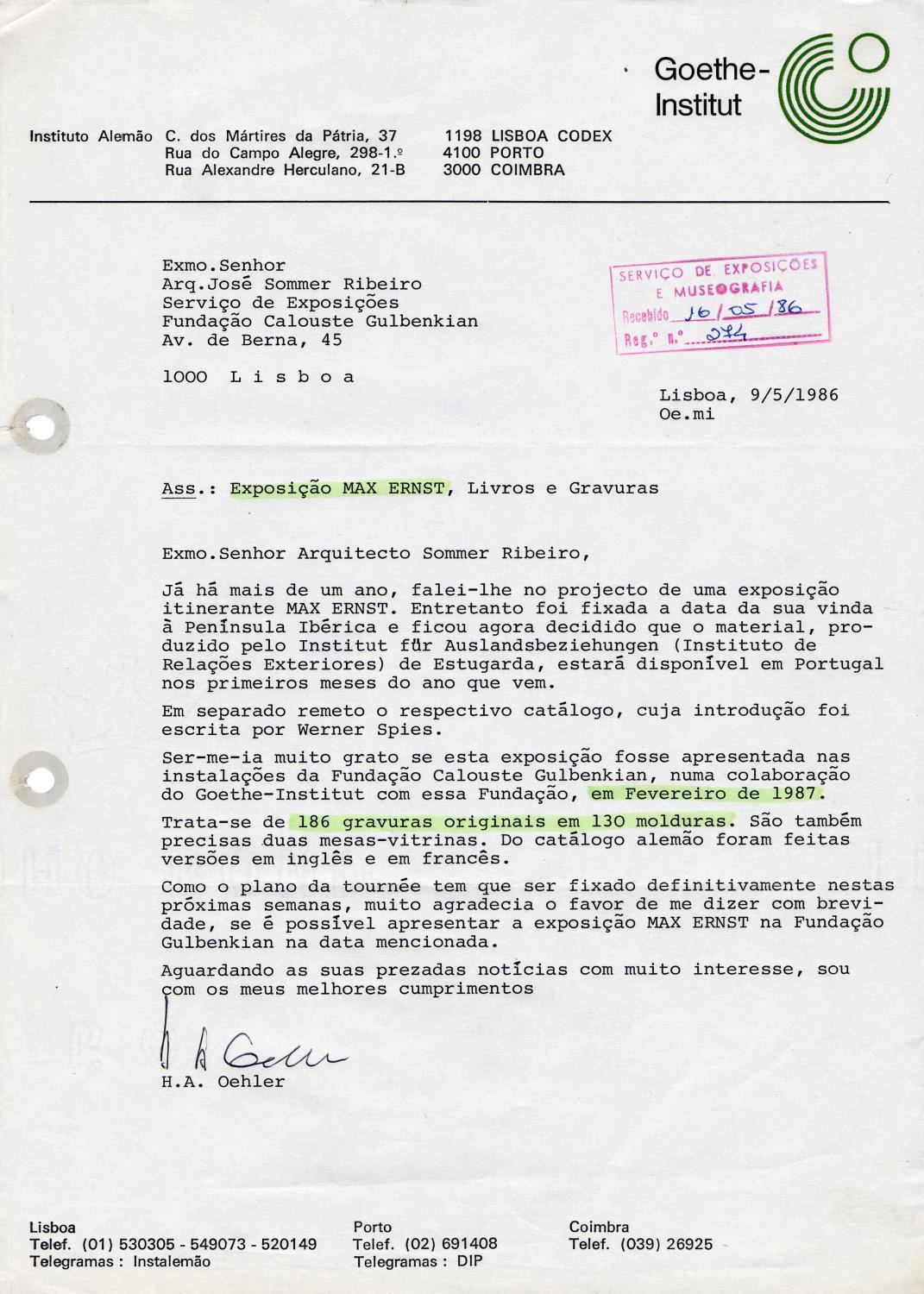
H. A. Oehler a José Sommer Ribeiro
9 mai 1986
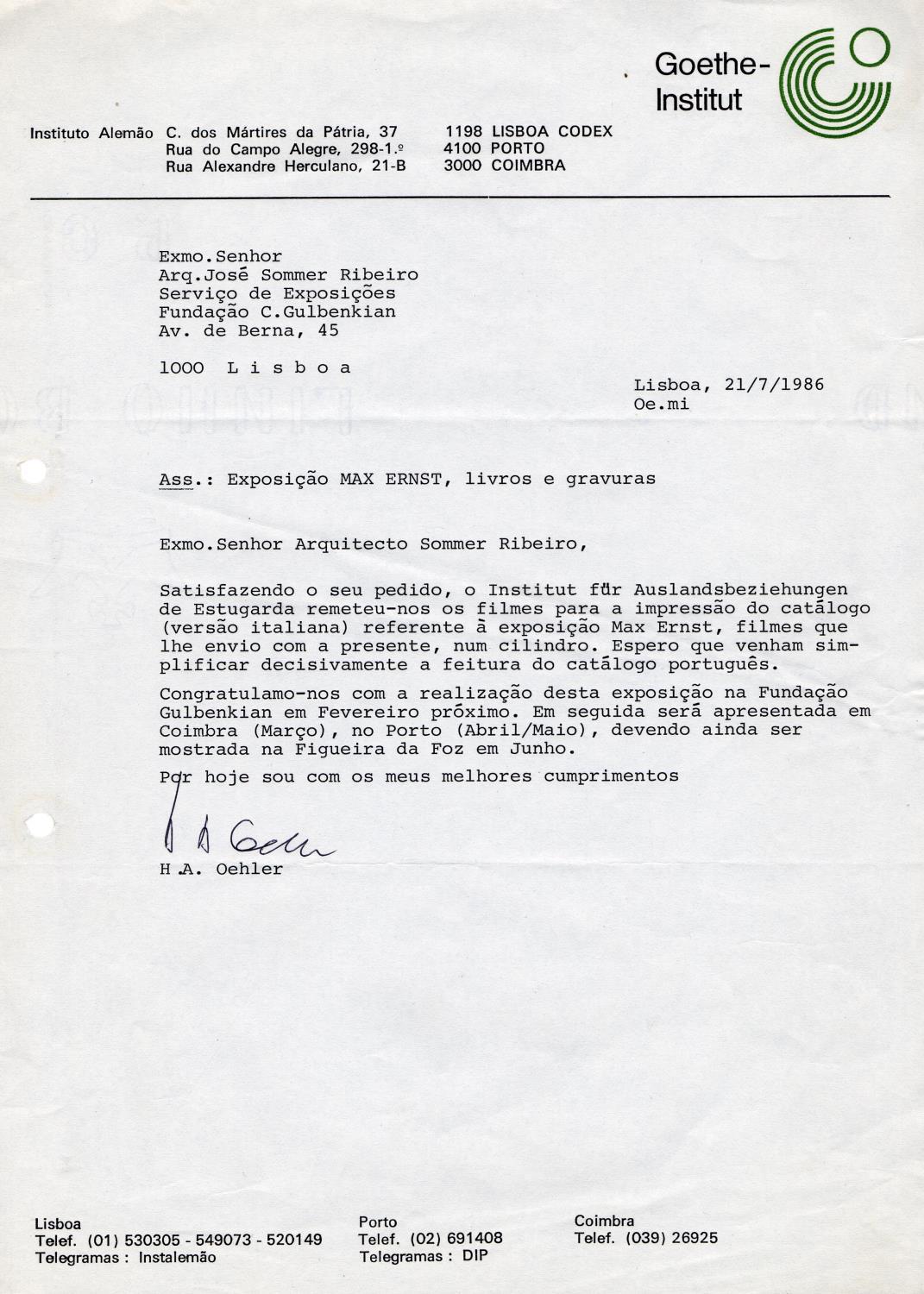
H. A. Oehler a José Sommer Ribeiro
21 jul 1986
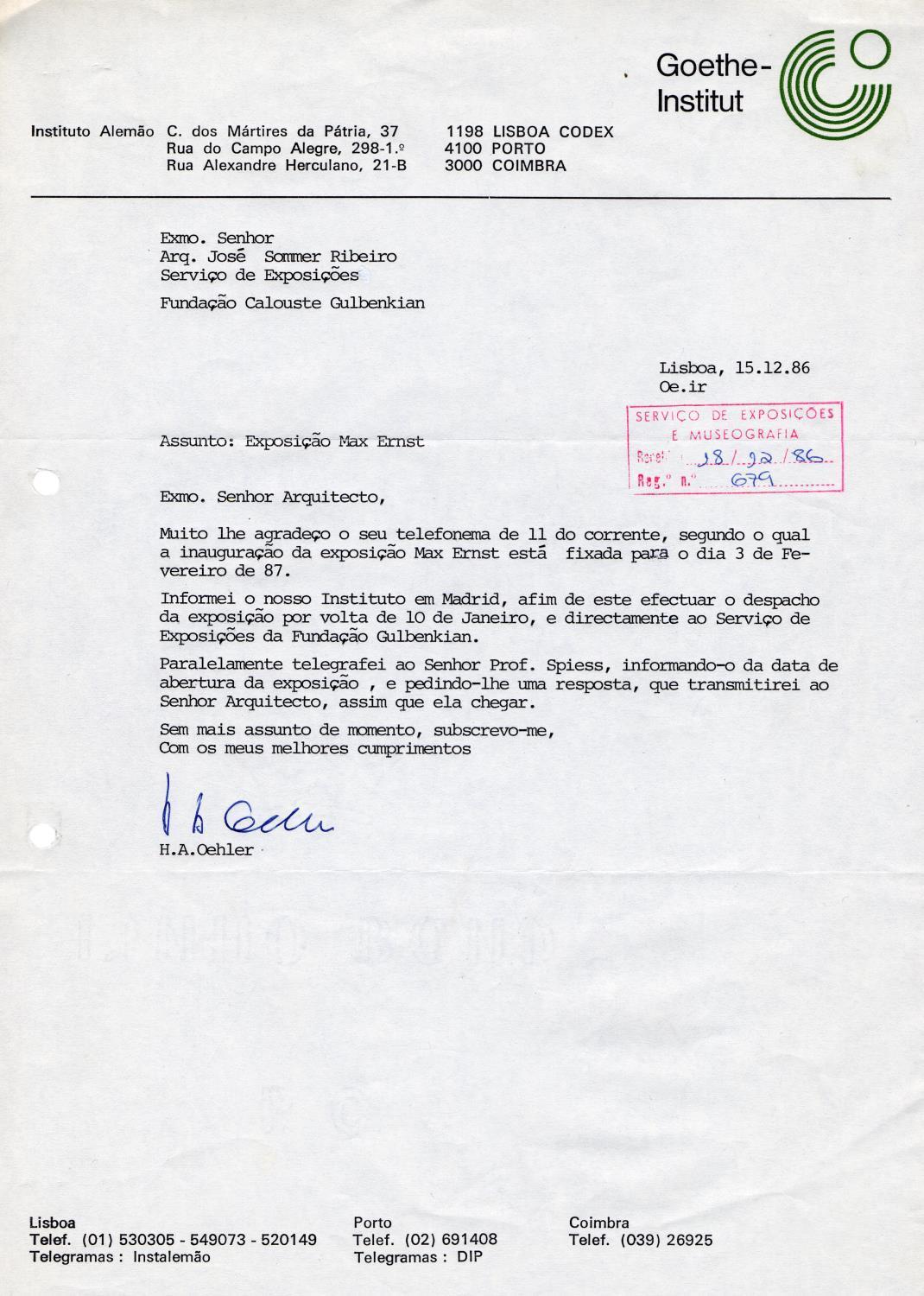
H. A. Oehler a José Sommer Ribeiro
15 dez 1986
Periódicos
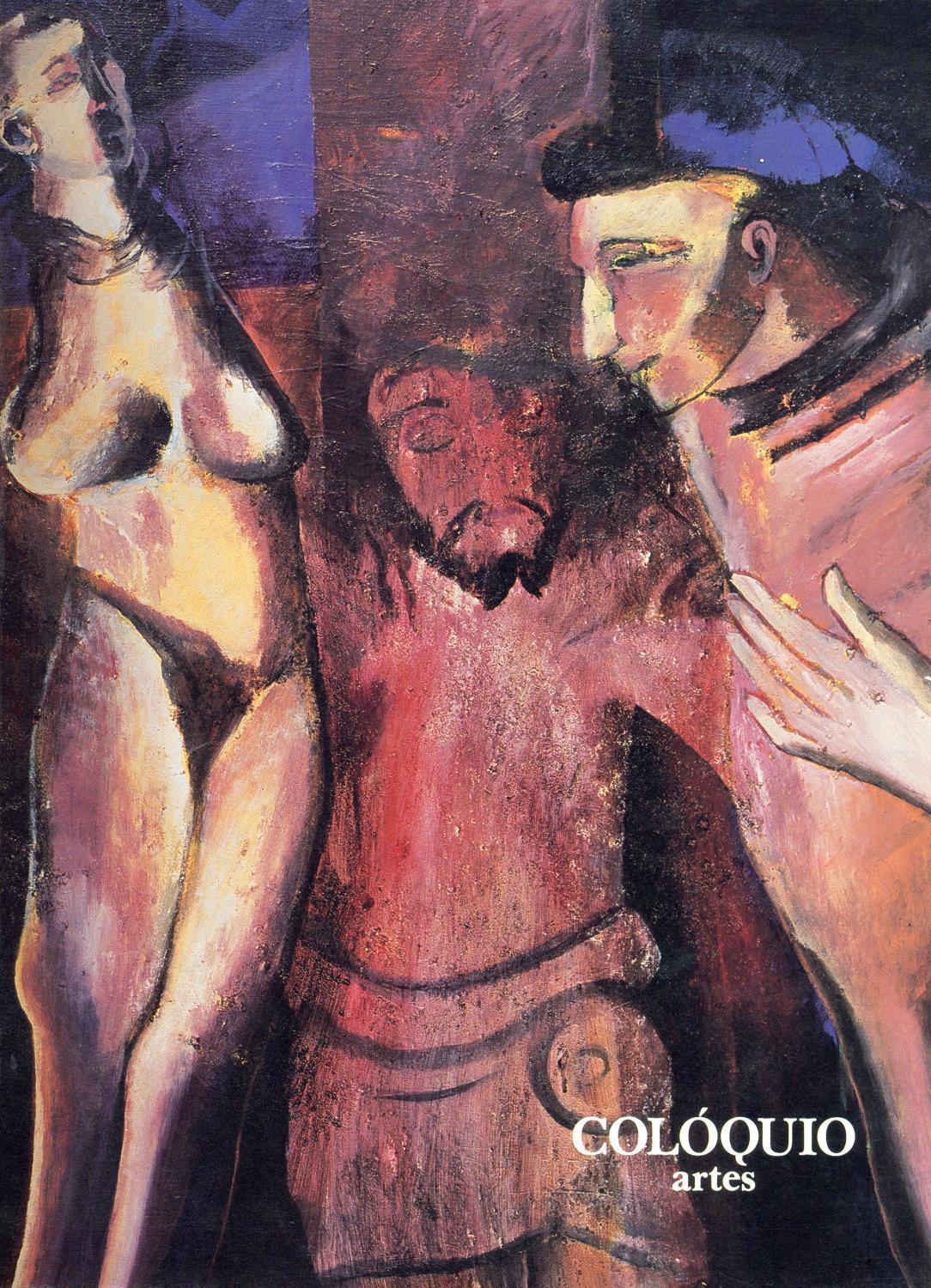
Colóquio. Artes
Lisboa, mar 1987
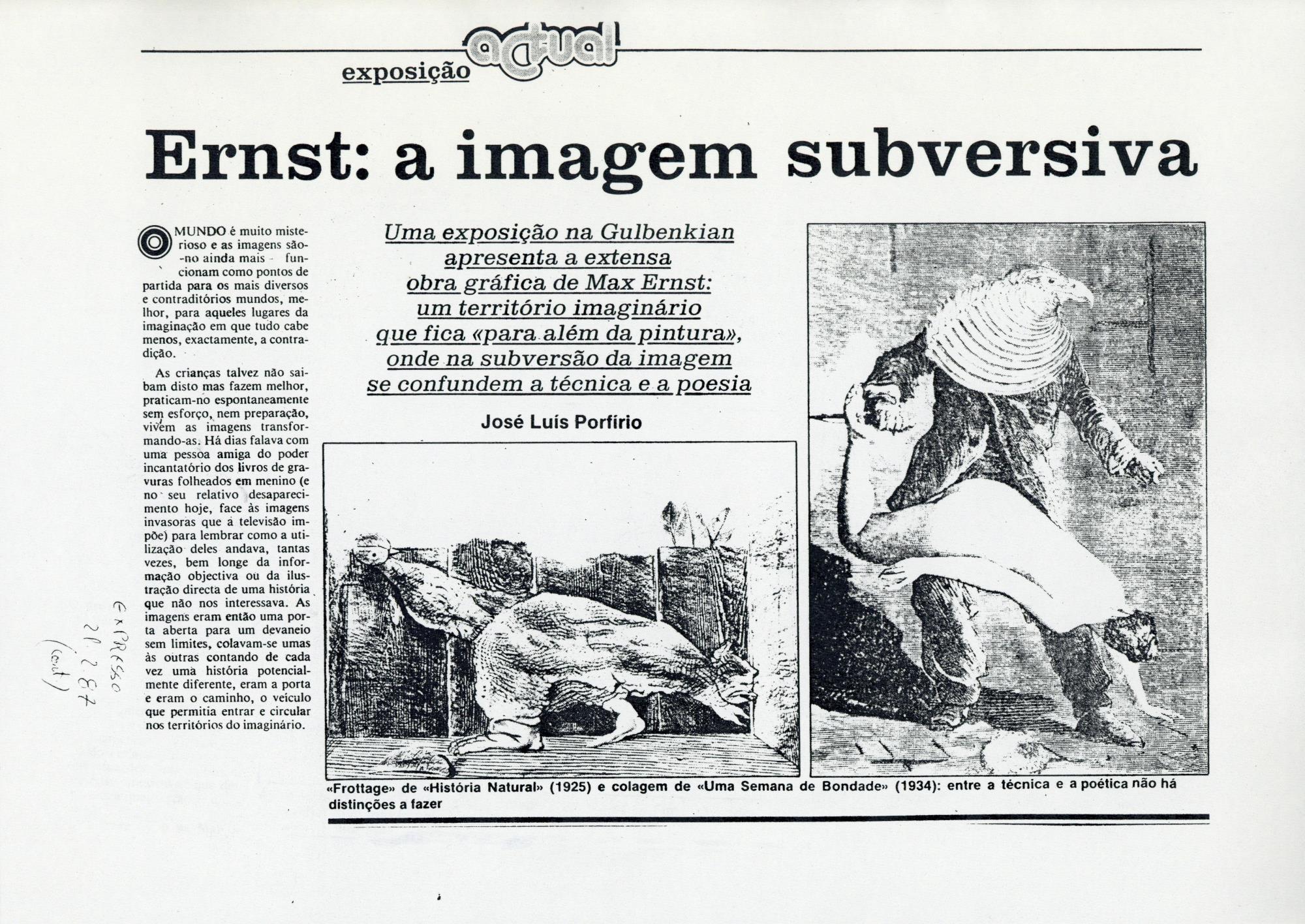
Expresso
Lisboa, 21 fev 1987

Diário Popular
Lisboa, 23 nov 1987
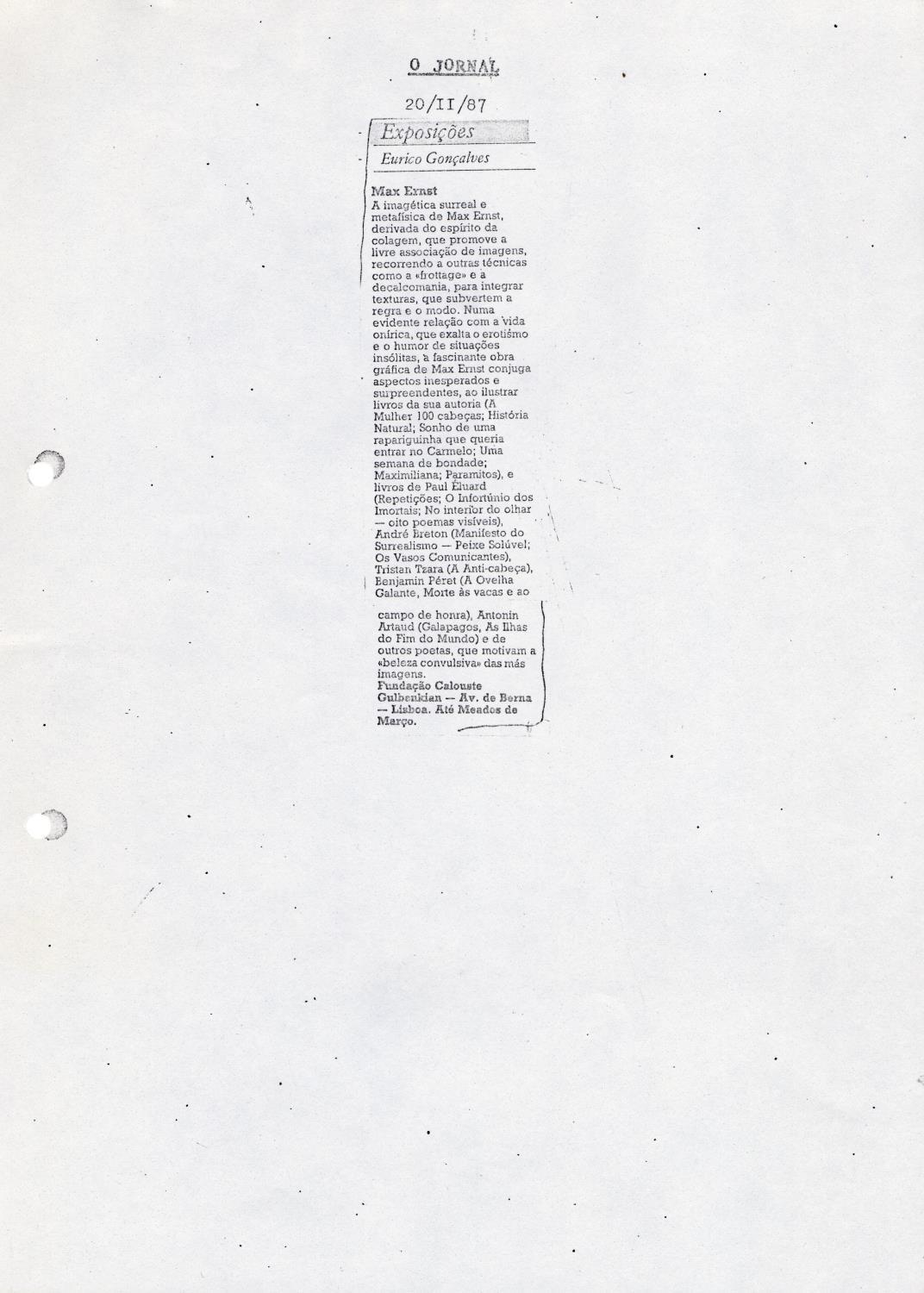
O Jornal
Lisboa, 20 nov 1987

Expresso
Lisboa, 14 nov 1987

Público
Lisboa, 18 ago 2017
Páginas Web
Fontes Arquivísticas
Exposições Relacionadas
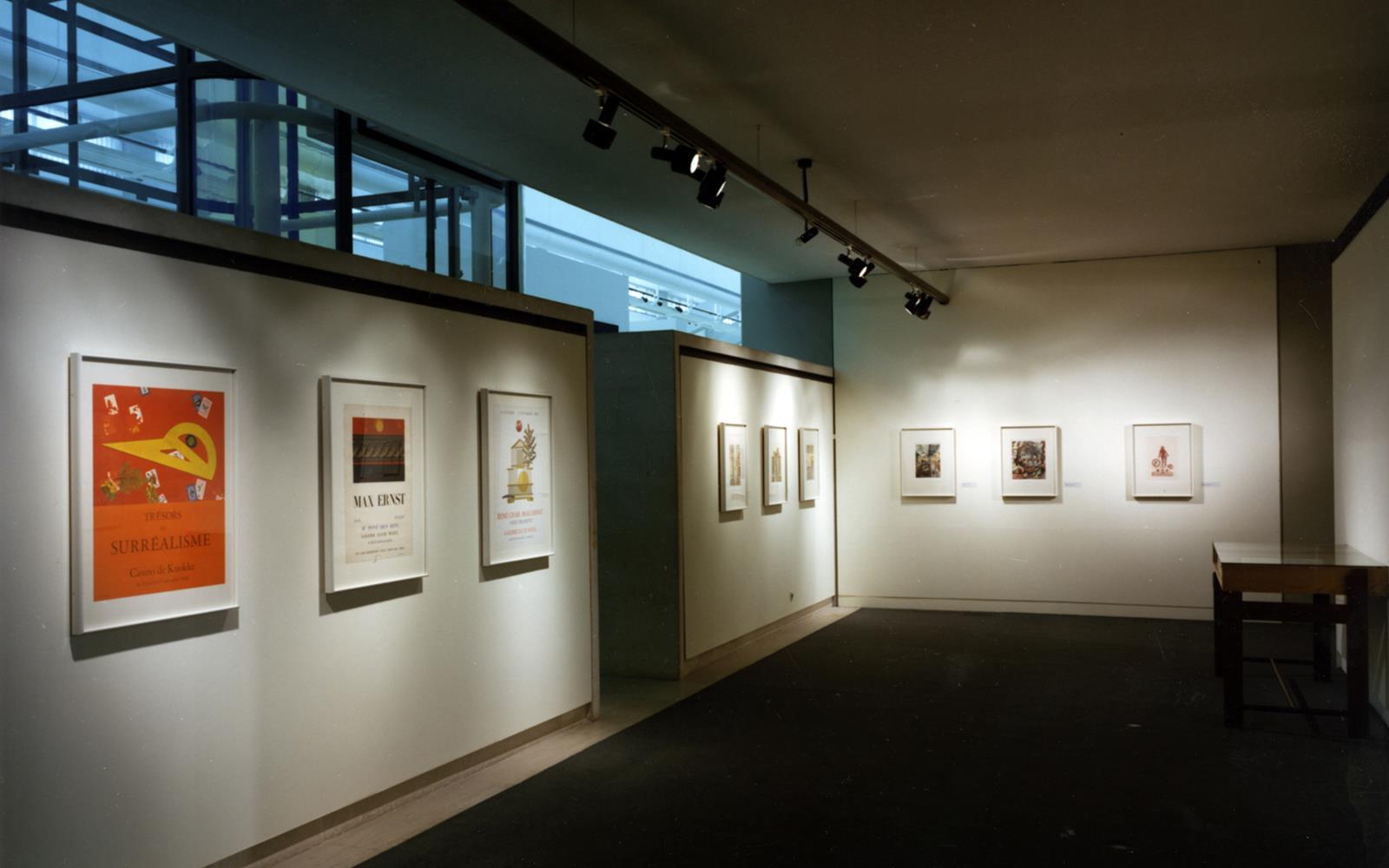
Max Ernst. Obra Gráfica e Livros. Colecção Lufthansa
1993 / Itinerância [organização externa]
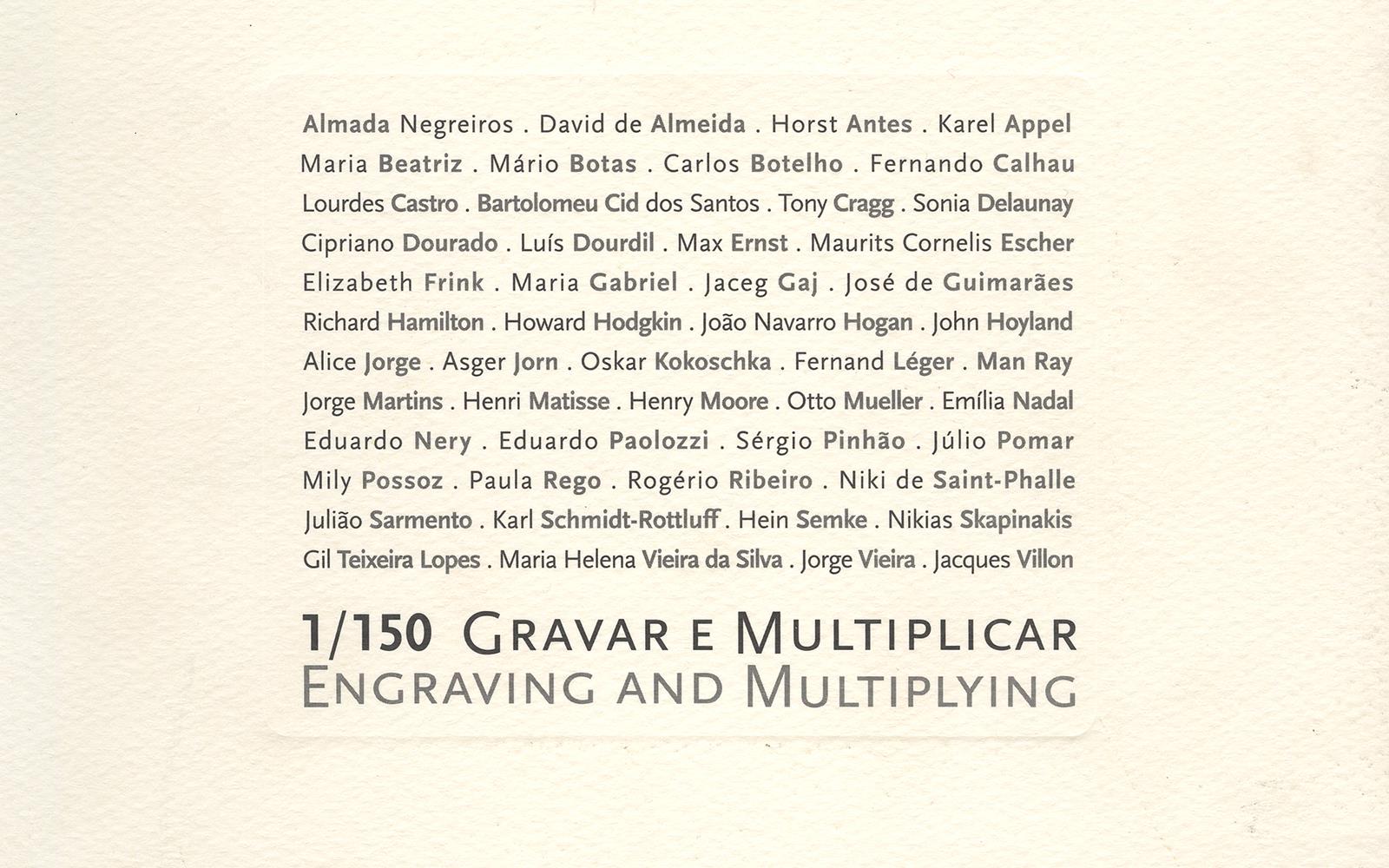
1/150. Gravar e Multiplicar. Gravuras da Colecção do Centro de Arte Moderna da Fundação Calouste Gulbenkian
2009 / Casa da Cerca-Centro de Arte Contemporânea, Almada
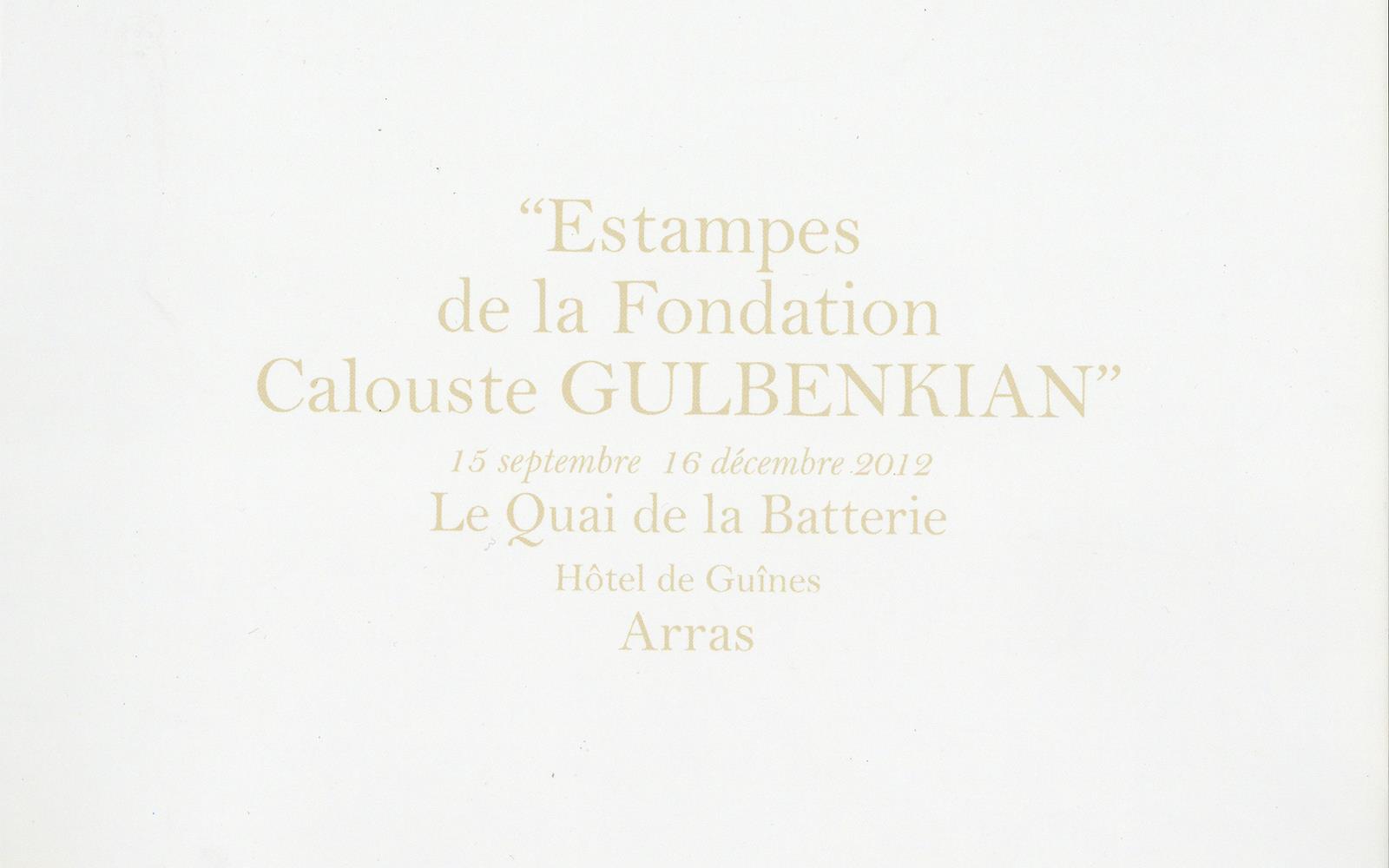
Estampes de la Fondation Calouste Gulbenkian
2012 / Le Quai de la Batterie, Paris

